A minaret is dying and a dome has been buried without a cry… Will Mansoura save its oldest mosque?
In a city that only pays attention to those who shout, the mosque of the righteous king Ayyub stands as if it were a stone speaking of history and groaning from neglect. Centuries of prostration and prayer have passed, and it has witnessed the rise and expansion of Mansoura, but today it is silently decaying. Its dome collapsed years ago without a stir from the ministry, a statement, or a single move from any authority.
Its minaret remains standing tall, but it faces the threat of neglect, amid the concerns and fears of local residents that it will suffer the same fate as the mosque’s roof. This is yet another tragedy to be added to a long list of neglect, where historical treasures are left to die a slow death without anyone caring.
The beginning of the story… from the Ayyubid era
Historians believe that the mosque was built in 616 AH, corresponding to 1219 AD, during the reign of Sultan Al-Salih Najmuddin Ayyub, one of the last sultans of the Ayyubid dynasty.
The building was not just a place of worship, but the cultural and spiritual nucleus of a city that had not yet been officially founded. Mansoura was only established years later, following the Battle of Fariskur in 1250.
This mosque is the only remaining Ayyubid monument in the city and one of the oldest surviving mosques in the entire Delta. Despite its value, it has not been registered as an Islamic monument to this day and has not received any serious protection or maintenance, as if its history means nothing.
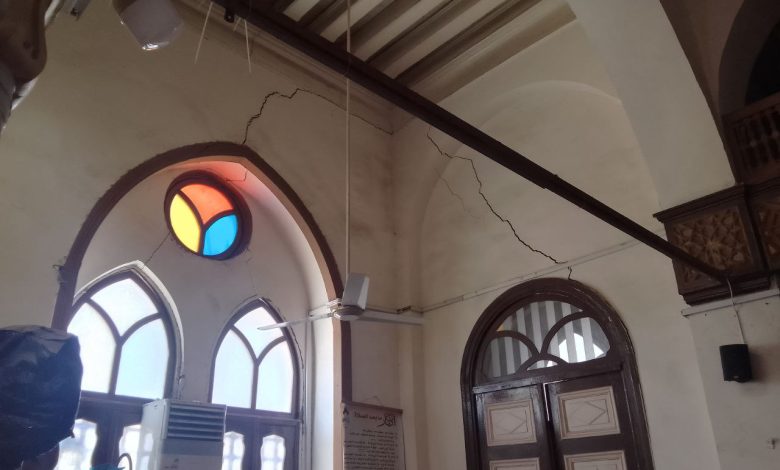
A “suspended” building with a unique style
The mosque consists of two floors, in a rare architectural design known as a “suspended mosque.” The ground floor has a hall, several rooms, and main entrances, and part of its space has been carved out for shops that surround the building and distort its surroundings.
The upper floor, which worshippers reach via a wooden staircase, houses the main prayer hall, a traditional wooden ceiling, a handmade pulpit, and traditional arabesque decorations. The dome that once towered over this floor, lending it a sense of grandeur, collapsed years ago without anyone batting an eyelid.
The tragedy of the 2013 bombing: the beginning of the collapse
In December 2013, a huge terrorist bombing shook the Dakahlia Security Directorate, located a few meters from the mosque. The explosion killed and injured dozens of people and destroyed the facades of surrounding buildings. The Al-Malik Al-Saleh Ayyub Mosque was among the most severely damaged buildings.
Colored windows were blown out, wooden decorations and carvings fell, the upper ceiling cracked, and large parts of the mosque were destroyed. To this day, nearly half of the mosque still bears the scars of the bombing, with no real restoration work having been carried out.
We collected what we could of the fallen pieces and stored them temporarily in the women’s prayer hall, waiting for intervention that has not yet come, while the mosque continues to be used as if nothing had happened.
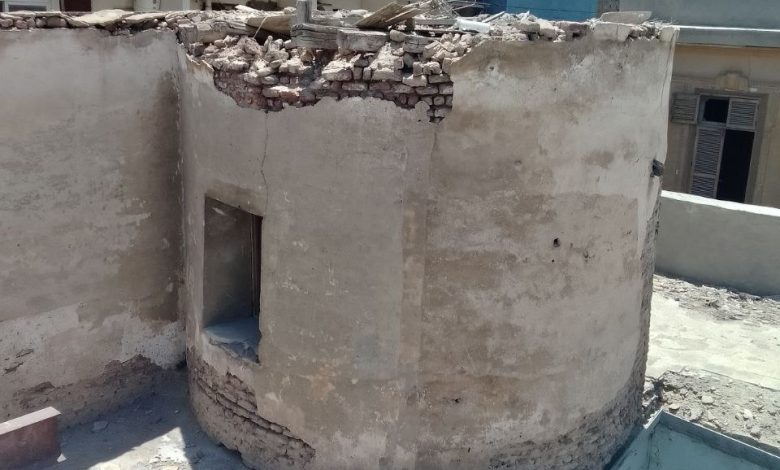
The fallen dome… And the minaret that worries us
In a scene that sums up the extent of the neglect, the main dome of the mosque collapsed as a result of the erosion of the internal columns and the weakness of the roof, without any official action. The event passed in silence, without any statement or intervention from the Antiquities Authority, as if the collapse of one of the most prominent parts of the historic mosque was not worth mentioning.
The minaret, which is still standing at the moment, is a source of concern for residents and worshippers, especially in the absence of any maintenance or follow-up. Many fear that continued neglect will affect its safety, especially in an area crowded with shops and passers-by.
No registration… No protection
Dr. Duha Assi, a member of the House of Representatives’ Culture Committee, confirmed that despite its importance, the mosque has not yet been registered as a historical site and is not included in the Ministry of Antiquities’ heritage protection plan. This means that any restoration work, if carried out, is not subject to any scientific or engineering supervision and remains limited to simple and inadequate attempts.
She pointed out that a committee from the Ministry of Antiquities inspected the mosque in 2015 and refused to register it on the grounds that its authenticity had been affected by previous renovations.
However, on July 21, 2024, a new archaeological committee submitted a report stating that the minaret still retains its original ancient stones and can be registered as a monument and restored according to standards. This is a limited positive development, but it has not yet translated into practical steps.
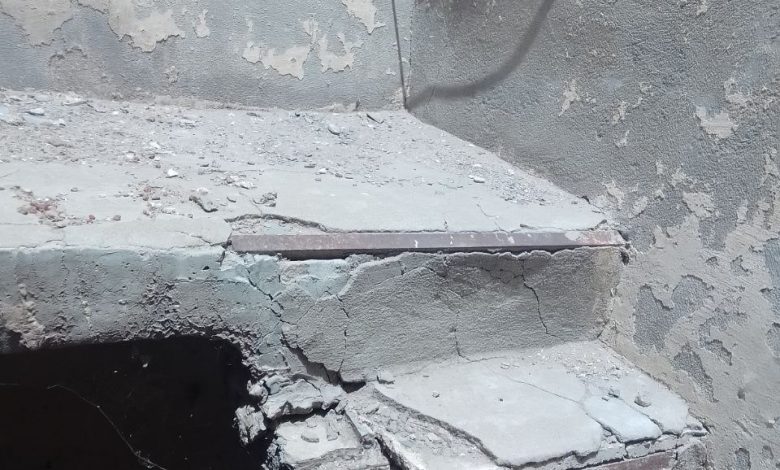
Local efforts meet with official indifference
Despite the indifference, the local community has not been oblivious to what the mosque is going through.
The “Save Mansoura” initiative, which is concerned with protecting the city’s heritage, has made great efforts over the past years to draw attention to the seriousness of the situation by documenting the damage, launching awareness campaigns, and submitting official requests for the mosque to be included in the list of Islamic monuments.
The initiative has previously submitted several official requests to the Ministry of Antiquities to include the mosque on the registration lists. It has also sent letters to the Dakahlia governorate calling for cultural coordination in the surrounding area, especially the facades of the shops located below the mosque, as they represent a visual distortion of the historic building.
The initiative also coordinated with MP Duha Assi to submit an official request to parliament regarding the need to protect the mosque. The MP affirmed that she is “committed to this issue and will pursue all legal and constitutional means available to register the mosque as a heritage site,” stressing that the building is not just local heritage, but part of Egypt’s Islamic memory in the Delta.
Registering the Mosque of Al-Malik Al-Saleh Ayyub as a historical monument
Dr. Muhannad Foda, coordinator of the “Save Mansoura” initiative, said: “We hope that the Dakahlia governorate will take action and coordinate the restoration of the mosque’s facade, rearranging the shops and facades below the mosque in a manner befitting its historical nature, registering the minaret as a historical monument, restoring the mosque using the original parts that have fallen, and seriously reconsidering the registration of the entire building.”
Dr. Ehab Al-Sharbini, an activist interested in the cultural and architectural heritage of Mansoura, expressed his anger at the neglect in a post on his personal Facebook page, saying: “People, oh people… Is it acceptable to God that a historic mosque that is more than 700 years old is being destroyed like this?Has no one thought of donating money to restore it under the supervision of the Faculty of Engineering or the Faculty of Fine Arts? People, this mosque is located in the middle of the richest shops in Dakahlia and the coastal region, and no one has thought of donating a penny for it? They will leave it until its dome collapses… and then they will leave it until its minaret disappears?The Al-Saleh Ayub Mosque is a symbol of Mansoura.
Cries from inside… no answer
Some of the mosque’s regulars say that numerous reports have been filed with the authorities over the years, especially after the explosion, but to no avail. There are no engineering committees, no follow-up reports, not even regular visits.
Worshipers now avoid sitting under the ceiling and check it before praying, as if they are performing their duties in a building that is about to collapse.
Elegy for a neighborhood mosque
The King Al-Saleh Ayub Mosque does not need an elegy, but rather an urgent decision. Its walls still echo the calls of worshippers from eight centuries ago, and its minaret, though leaning, still stands as a witness to the city’s history and identity.
Saving the mosque is not a luxury, but a necessity and a duty for those who have the power to decide. Will we wait for the minaret to fall before we act, as we did after the dome? Or will we write a new beginning today for a mosque that deserves to live, not be forgotten?
Read also:
A theater that will never die… Mansoura saves its heritage and restores it as an opera house
Eid celebrations change in the streets of Mansoura: Batina occupies the city

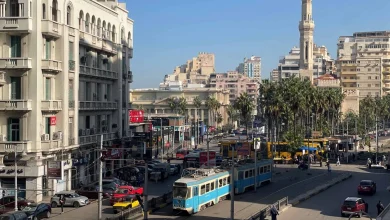

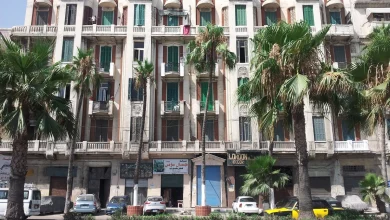
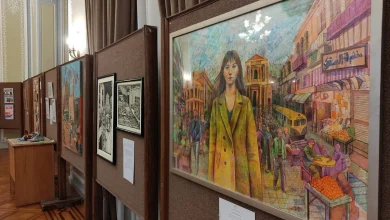
Hi, this is a comment.
To get started with moderating, editing, and deleting comments, please visit the Comments screen in the dashboard.
Thank you for your sharing. I am worried that I lack creative ideas. It is your article that makes me full of hope. Thank you. But, I have a question, can you help me?
Can you be more specific about the content of your article? After reading it, I still have some doubts. Hope you can help me.
Can you be more specific about the content of your article? After reading it, I still have some doubts. Hope you can help me.
I don’t think the title of your article matches the content lol. Just kidding, mainly because I had some doubts after reading the article.